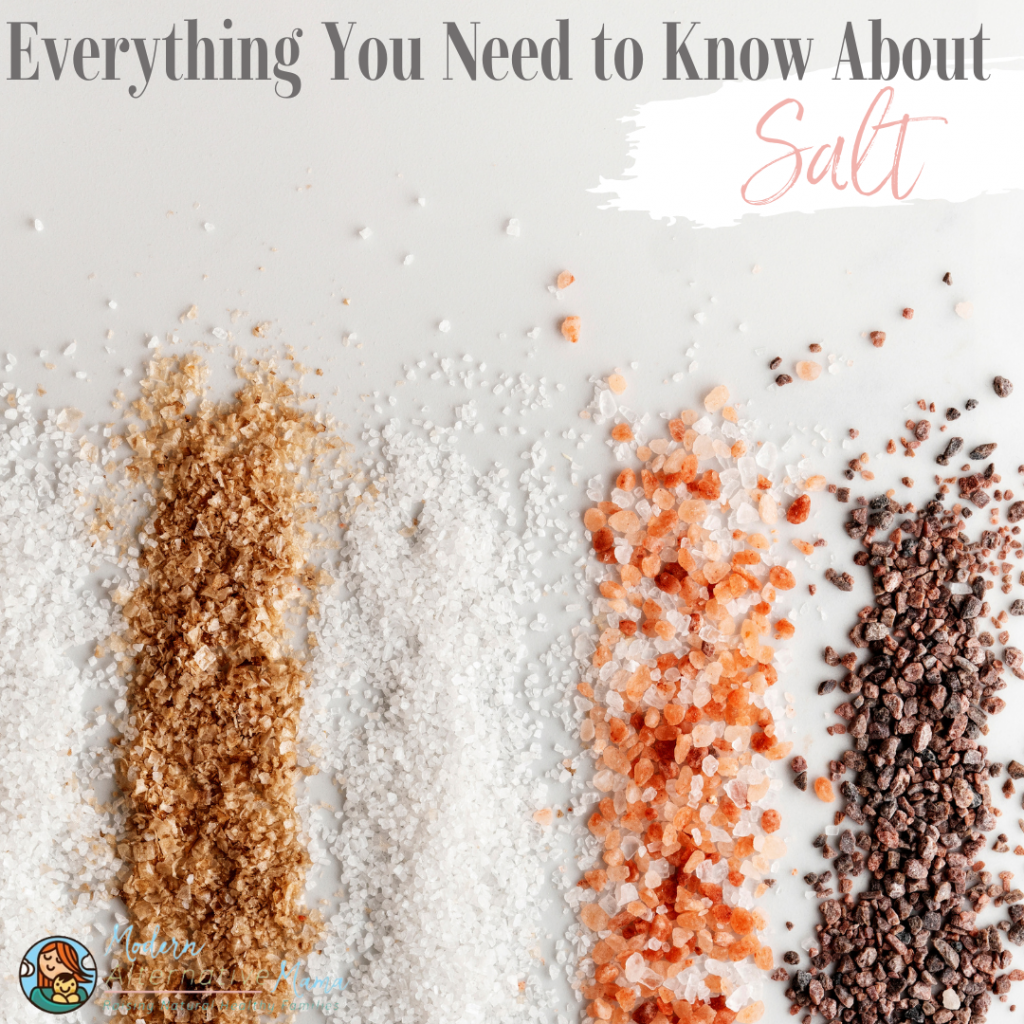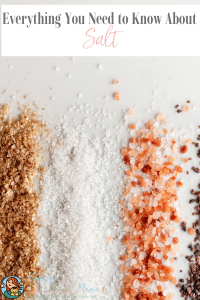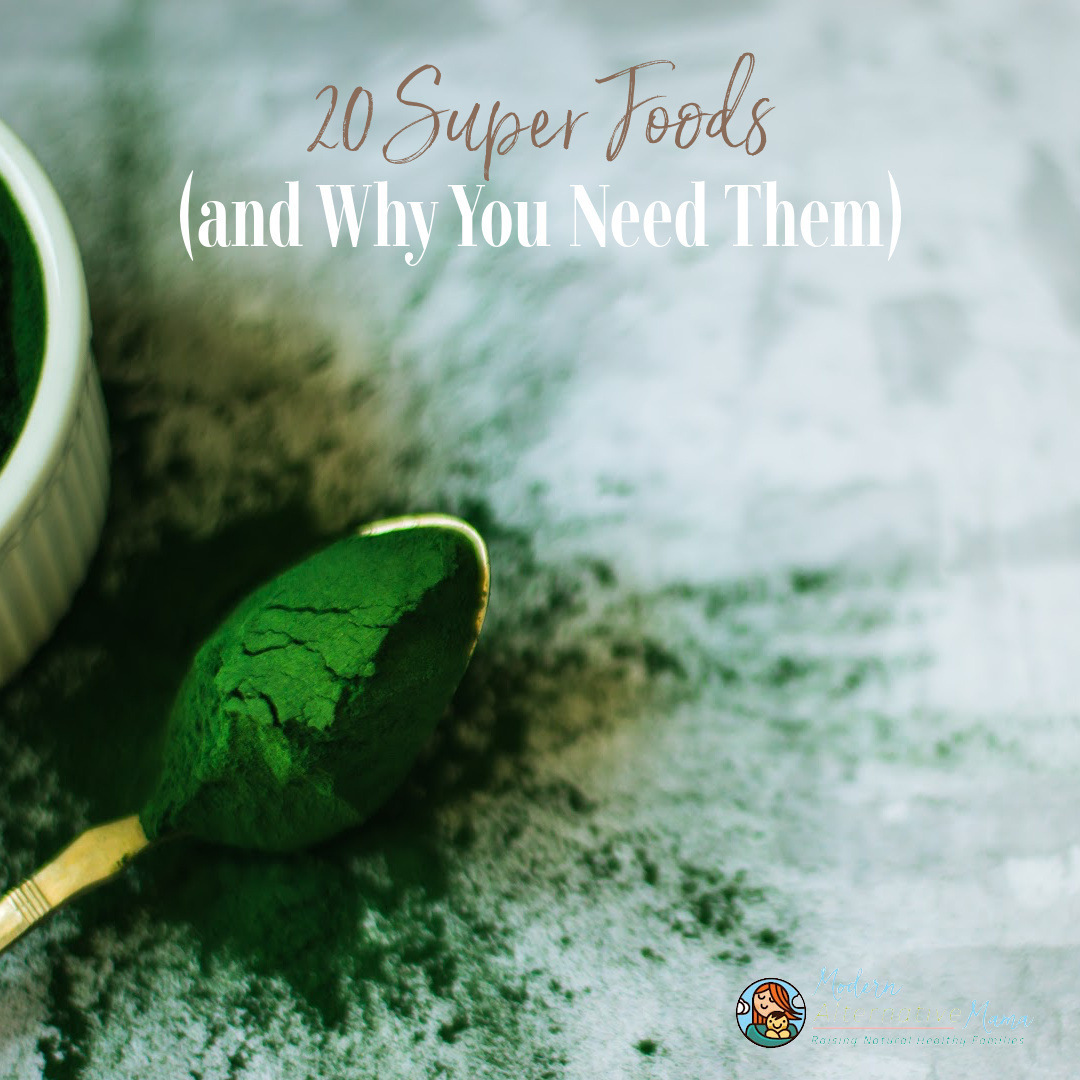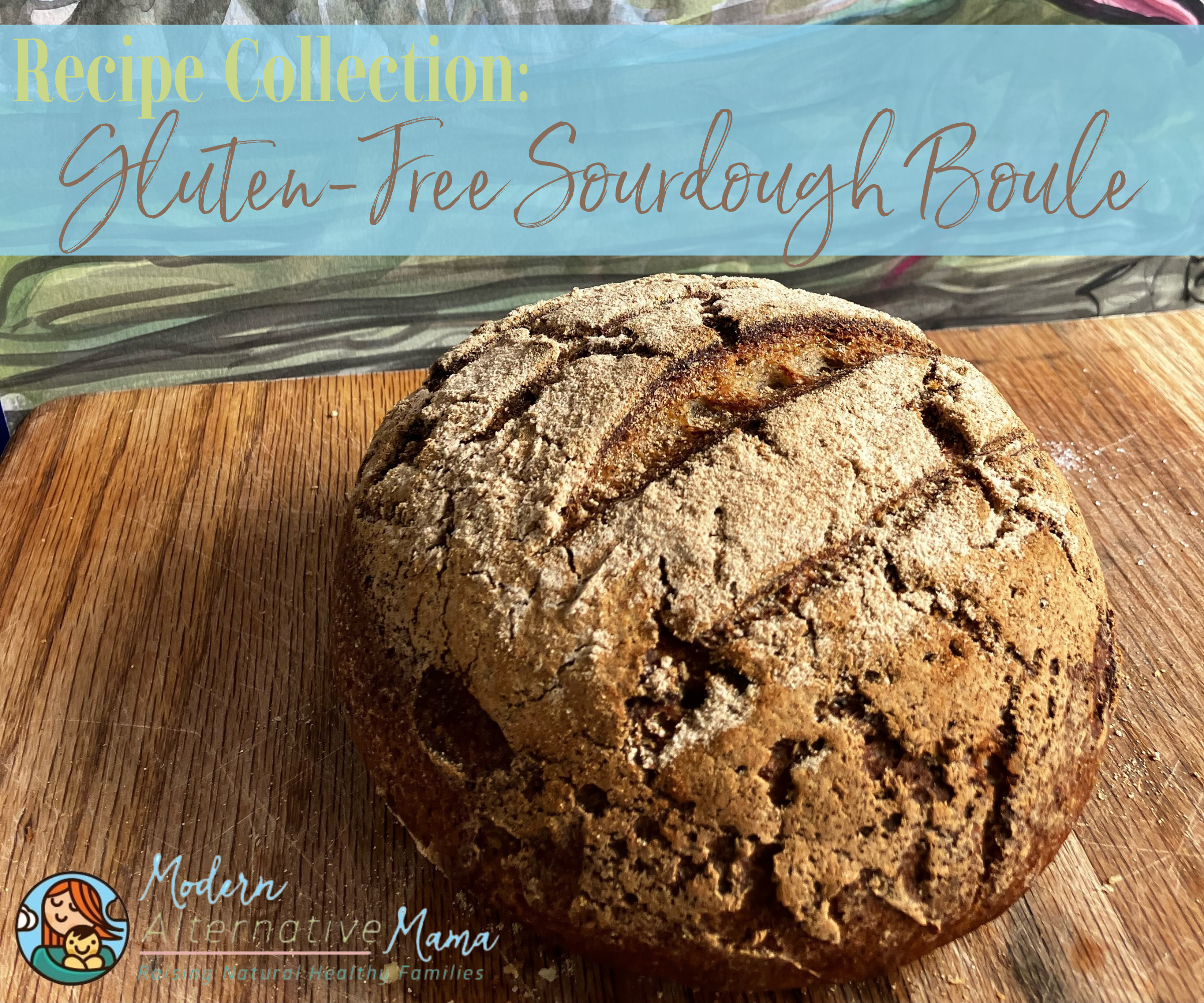You may think of salt and automatically think of the negative stigmas ABC corporations like the American Heart Association (AHA) have created. Although the AHA is on the right track with some recommendations, they’re not considering the many types of salts and their quality; they’re predominantly talking about table salt.
When it comes to table salt, we have iodized and non-iodized. Non-iodized table salt combines two minerals – sodium and chloride (1). Contrarily, iodized table salt means the synthetically manufactured chemical element iodine has been added to the salt (2). Some believe this is a necessary additive because our bodies don’t naturally produce iodine, but anything synthetic is always cautioned against. That’s not counting added ingredients.
Let’s take a look at the popular salt brand, Morton. Their plain salt ingredients include salt and calcium silicate (an anti-caking agent), while their iodized salt ingredients are salt, calcium silicate (an anti-caking agent), dextrose, and potassium iodide. Lots of unnecessary filler ingredients we could do without.
Nonetheless, the human body requires approximately 500 mg of sodium daily to conduct nerve impulses, contract and relax muscles, and maintain the proper balance of water and minerals (3). Chloride helps regulate the amount of fluid and types of nutrients going in and out of the cells (4).
Unfortunately, extra sodium in the bloodstream pulls water into your blood vessels, which increases the total amount (volume) of blood inside them. With more blood flowing through your blood vessels, blood pressure rises. Over time, high blood pressure may overstretch or injure the blood vessel walls and speed up plaque build-up leading to a heart attack (5).
It’s estimated that Americans consume more than 3,400 milligrams (mg) of sodium daily. Yet, the American Heart Association recommends no more than 2,300mg of sodium per day and is leaning more towards an ideal limit of 1,500mg per day for an adult (6). No wonder it’s become so problematic.
Benefits of Salt
Unlike table salt, Himalayan pink salt and sea salt varieties have many health benefits as long as it’s being consumed appropriately. Unfortunately, there is a lot of controversy surrounding salt, but it seems negative effects typically come from too much salt. That’s why moderation is key; too much of anything, even water, can be bad for you. So let’s discuss the benefits.
May Aid Hydration & Blood Pressure
As I said earlier, sodium helps maintain the proper balance of water and minerals, so not getting enough of it can lead to dehydration or blood pressure changes. Dehydration occurs when body water is lost with or without salt, especially during high-intensity exercise (7). Proper bodily fluid balance is also crucial for maintaining healthy blood pressure levels (8). Consuming too little or too much sodium can lead to blood pressure changes in those sensitive to dietary salt (9).
May Promote Digestive Health
Drinking Himalayan pink salt mixed with lukewarm water aids in digestion (10). These digestive benefits are possible because chloride is essential to produce stomach acid, and sodium chloride (salt) stimulates the absorption and transportation of nutrients in the intestines after they have been broken down during digestion (11). With that said, consuming balanced quantities of salt promotes optimal digestive health.
May Help Sleeping Problems
With 50 to 70 million adults in the United States affected by a sleep disorder (12), low-salt diets may contribute to the problem. One study suggests that adequate salt intake may be necessary for quality sleep (13). Contrarily, too much salt intake can also contribute to sleep disturbances (14). So again, like many things, moderation is key. Are you looking for more information on sleep? Check out our article The 5 Key Nutrients that Promote Quality Sleep.
May Promote Lung Health
Nearly 37 million Americans live with chronic lung diseases like asthma, COPD, emphysema, and chronic bronchitis (15); thankfully, salt may help. Salt has antibacterial and anti-inflammatory properties that loosen excessive mucus, speed up mucociliary transport, remove pathogens like airborne pollen, and reduce IgE levels, also known as immune system oversensitivity (16). These lung health benefits explain why studies have evaluated the possibility of using salt caves to treat various lung diseases in children and adults (17,18,19).
Types of Salts
Like I said before, the AHA is on the right track with some of their recommendations, but they’re not considering the other salt types and their quality, just table salt. This section will help you understand the different kinds of salts.
Kosher Salt
Kosher salt gets its name from its large grain size, making it suitable for the koshering process, which involves removing the blood from meat or poultry before preparation (20). Unlike table salt, kosher salt is usually 100% sodium chloride and contains no trace minerals, iodine, anti-clumping, or anti-caking agents (21). So the benefits of kosher salt are the same as table salt, but in a purer form, with no additives.
Maldon Sea Salt
Traditional sea salt, also known as Maldon sea salt, is sourced by evaporating seawater and generally consists of sodium chloride and trace minerals (22). Maldon sea salt is unprocessed and usually not iodized. Aside from sodium chloride, Maldon sea salt typically contains trace minerals such as magnesium, potassium, calcium, and other nutrients (23).
Celtic Sea Salt
Celtic sea salt, sometimes called Sel Gris or gray salt, like Malton sea salt, is harvested from seawater but sourced from France, Portugal, Hawaii, and Mexico (24). Like Malton sea salt, Celtic sea salt is unprocessed and usually not iodized. Aside from sodium chloride, Celtic sea salt typically contains trace minerals such as magnesium, calcium, potassium, iodine, and zinc (25).
Himalayan Pink Salt
Himalayan pink salt, often referred to as pink salt, is mined from areas close to the Himalayas, often in Pakistan (26). Himalayan pink salt is minimally processed and usually not iodized. Aside from sodium chloride, Himalayan pink salt typically contains trace minerals such as calcium, potassium, and magnesium (27).
Disclaimer: This post is not intended as medical advice. These statements have not been evaluated by the FDA, and nothing in this post is intended to diagnose, treat, or cure anything. If you have questions, please do your own research or seek advice from a health professional.








The KEY thing with Americans getting too much salt is processed foods. I know you don’t eat them, but avoiding processed foods (soups are pure salt, as are most restaurant meals, frozen meals, salad dressings, condiments, jarred sauces, canned tomato products, etc) is the only way this statement works: “It is impossible to give a daily recommendation. Instead, salt your food to taste with high-quality sea salt, and you will do just fine.”
Where do you recommend we purchase good quality salt? I have bought pink salt and black salt at the North Market but it seems a little expensive for everyday salt. http://www.northmarket.com/meet-the-market/merchants/north-market-spices
Hi Rebecca, there are pretty good prices at both Whole Foods and Raisin Rack, in the bulk sections. Whole Foods and the Real Salt brand is the cheapest, around $2/lb.
I use pink Himalayan salt as well (I hate to point it out Kate but I’m sure that it is not sea salt, isn’t it from hills??). Switching from table salt to himalayan salt was one of the first changes I made. My poor husband nearly fell over when I told him how much it cost but by golly does that salt last & last & it tastes really good too.
I think you might want to look up the ‘additives’ in normal table salt – most are minerals that you’ll find trace elements of in your food, and calcium phosphate is the primary source of calcium in cow’s milk (which I know you drink). I just looked up all these ‘additives’ and their relation to salt, and I haven’t been able to find one which comprises more than 0.04% of the volume. And I can’t find any peer-reviewed sources that indicate that sea salt is healthier than regular salt.
You’re right that thyroid problems are on the rise because of obesity (and excessive salt consumption is usually a byproduct of obesity), but it’s my understanding that iodized salt has been used since 1924 more to reduce the incidence of goiter than to reduce thyroid problems – and it’s done its job there.
I would like it if your blog pieces had more links to studies/data. The Mayo Clinic, for example, says that there is no nutritional advantage to sea salt – I’d love to see some studies which challenge this assertion.
It is also good to note that none of the salts that you listed have iodine in them to speak of. When I stopped eating iodized salt, for all of the same reasosns that you have listed, I began to get ovarian cysts. I had no idea that getting sufficient iodine and the development of ovarian cysts were related. I went on a supplement with iodine in it and I haven’t had a problem since.
Himalayan Sea Salt is from the Himalayas, which were once at the bottom of the ocean. Therefore it can properly be called sea salt, although it is now at very high elevations due to the geological process of continental drift/collision. It is one of the purer salts, but too expensive for us, so we use Real Salt, mined in Utah. We don’t use Celtic Salt, because it is from present day ocean deposits, and our oceans are now so polluted that using Celtic gives me pause. Real Salt was the one we decided on.
Catherine – you raise an interesting question about the possible presence of pollutants (say that three times fast!) in Sea Salt. My husband loves that grayish “fleur de sel” (fancy evaporated sea salt) and I never thought about ocean pollutants. Does anyone know anything about this? Would the amount be so minimal as to be negligible?
@Sarah, peer-reviewed studies have gotten a bad rap because of the ghost writing scandal and I no longer trust peer-reviewed studies. If you need iodine, take an iodine supplement; I do that because I won’t use table salt with its chemical load. Use a good, colorful sea salt; sea water has a mineral content that pretty much matches the mineral content in our blood stream, and trace minerals are more important than most are aware of; use real sea salt (not white sea salt!) and take a good iodine supplement; one of the best is Iodoral, but you can get cheaper ones; we shop at iherb.com and Vitacost and Swanson Vitamins. An iodine supplement will also provide some protection from the halides that are damaging and are in our environment.
Catherine — You’re right about peer-reviewed studies. It makes it hard to search for good evidence because it’s hard to know what source to trust! The peer-reviewed studies are corrupt in many cases and if you really read through some of them, they’re poorly designed (basically designed to get the result they were hoping for), or the results are skewed because data was eliminated, or they didn’t use a true placebo, or…. Well, a lot of reasons! I ought to write a post on that someday…. But then you’re left with the general internet. I tend to read sites by alternative yet qualified health professionals and if I see a consensus emerge among many with different viewpoints, I go with that.
I agree that peer-reviewed studies are not infallible – there are shortcut-takers, biased researchers, and questionable methodologies in clinical research as in all professions.
I also agree with Kate that it’s important to gather information from a variety of credible sources, examine the raw data for yourself, and then come to a conclusion.
However, when it comes to ‘credible sources’, I’m more inclined to believe accredited scientists and health professionals who have conducted actual research on a wider population than I am to believe someone whose sample size consists of his/her immediate family and friends. I know, for example, that I don’t have the chemistry and biology expertise to assess, say, the effects of iodized salt on a wider population over a generational period.
I do find Google Scholar ) to be a good source of information.
@Catherine: You mention that the ‘trace minerals’ in sea salt are important. However, Kate has indicated that the trace minerals in regular salt (magnesium carbonate, calcium silicate, calcium phosphate, magnesium silicate, or calcium carbonate) are not good. Can you tell me how the trace minerals in sea salt are different from the trace minerals in regular salt? I can’t find any sources that break down the difference.
Great article, Kate! I’m passing it along to a friend who was wondering this information just a few days ago. 🙂 And we use REAL SALT now….I can tell a huge difference. It’s awesome.
Great article. Thank you for writing it. We’ve been using REAL SALT for more than 20 years now. It has a wonderful flavor, and we seem to use less of it than regular table salt.
LOVE Himalayan salt! It has replaced iodized manufactured crap in my home. Thanks 🙂
[…] Is Salt Good or Bad? […]
[…] A kitchen wouldn’t be complete without sea salt! Get some high-quality salt, like Real Salt (which I use exclusively in my kitchen…and no, they are not paying me to say that). Sea salt adds both trace nutrients and a lot of flavor to food, making all of the other flavors “pop.” Contrary to popular belief, real sea salt (but not heavily processed table salt) is actually good for you! […]
[…] warm butter and honey mixture over your popcorn. If you’d like, go ahead and sprinkle some Real Salt over it after your pour on the honey butter. Serve immediately as it is best […]